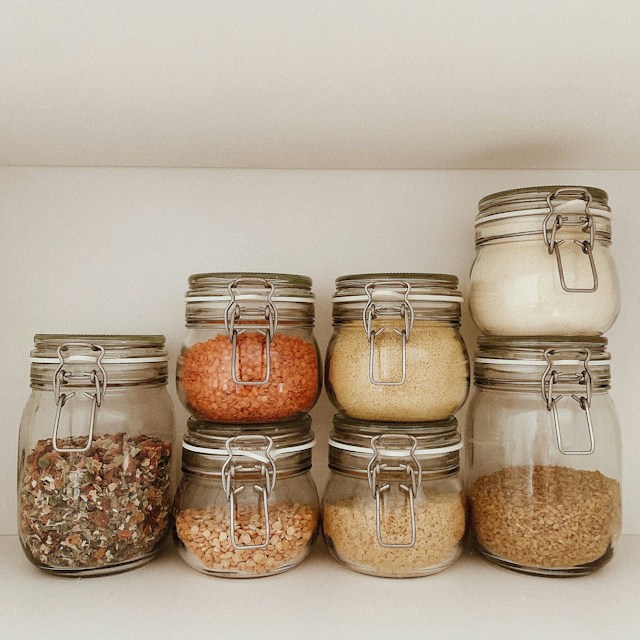Building an emergency food supply varies from person to person, making a universal method ineffective. It’s vital to identify your objectives and outline a strategy to fulfill them.
Having a reserve of food is a wise decision, as disaster situations often lead to panic shopping and shortages, due to our dependence on quick food delivery. Your own supply guarantees self-sufficiency in critical times.
There are three main philosophies behind food storage for emergencies. Investigating these allows for the integration of the best aspects of each into a tailored, all-inclusive food supply.
- The Bunker Pantry
Aimed at those preparing for long-term emergencies, this model supports survival for up to a decade. While it may offer limited dietary variety, it ensures readiness for any situation, filled with substantial quantities of non-perishable foods.
- The Agrarian Pantry
Drawing on time-honored practices, this pantry relies on seasonal harvest cycles with few additional purchases. It combines basic food items with home-preserved goods to last until the next harvest season.
This approach requires an annual replenishment, with the plan to consume supplies within a year.

